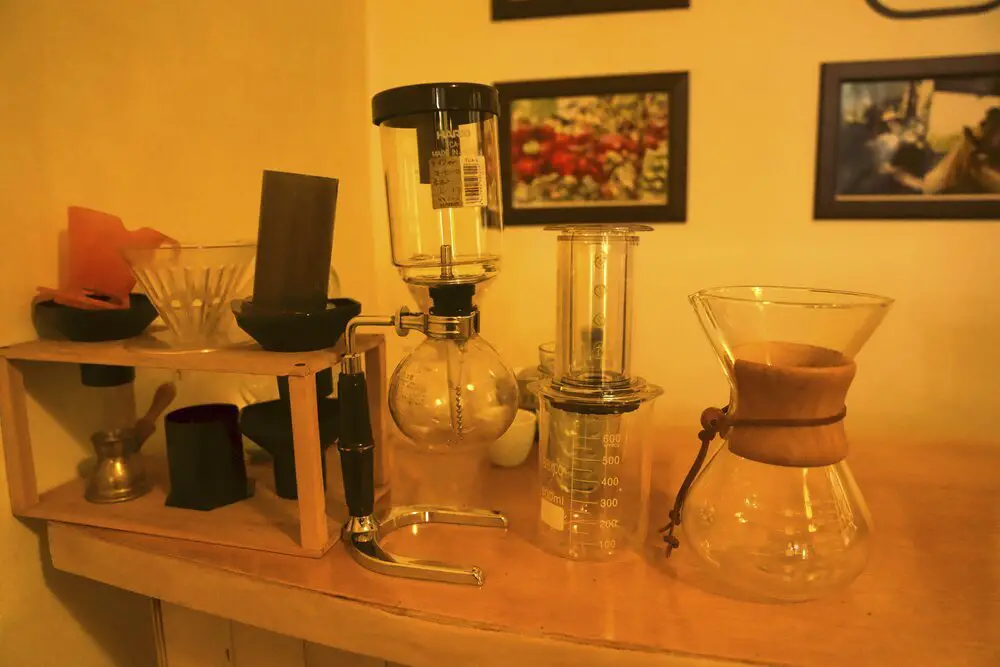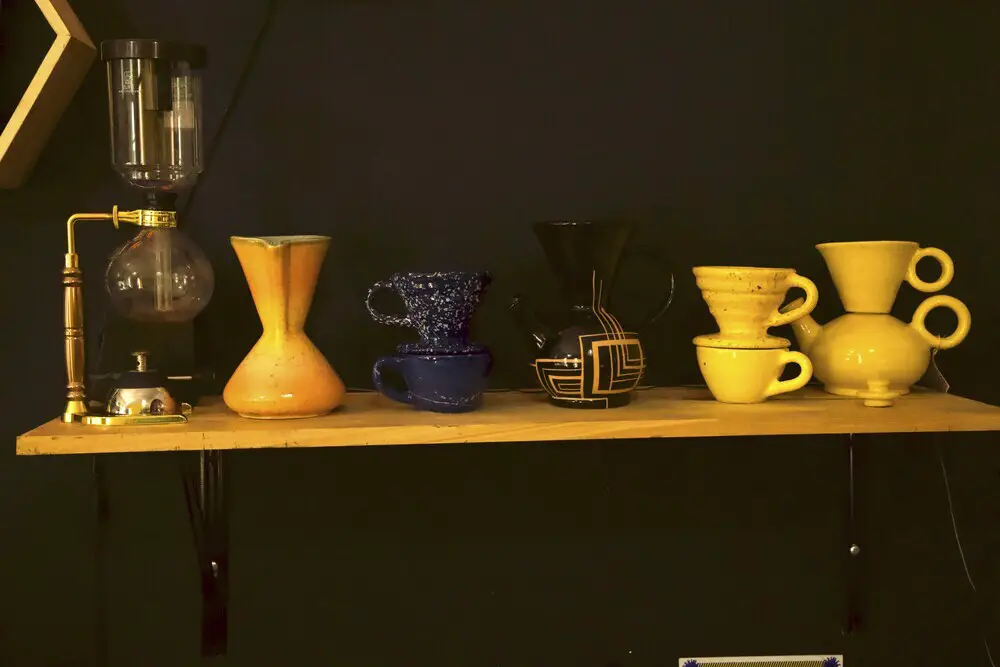Fully automatic coffee machines are very popular in the coffee world due to their ease of use and production capacity. In this blog we explain everything you need to know about fully automatic coffee machines, from the different types to their historical past.
Table of Contents
What are fully automatic coffee machines?
Fully automatic coffee machines are electrical devices that automatically prepare coffee at the touch of a button. These machines use whole coffee beans and grind them. This gives the coffee a fresh taste and optimal aroma. Fully automatic coffee machines can be programmed to prepare different types of coffee, e.g. B. espresso, cappuccino, milk coffee and americano. Some machines can even make dairy drinks like hot chocolate and chai tea.
The history of fully automatic coffee machines
The history of the fully automatic coffee machine, like that of many other inventions, is somewhat vague, as there were a number of inventions, systems and patents for this device in the 19th and early 20th centuries.
From the 15th to the 17th century, coffee in Turkey was prepared as an infusion and therefore prepared in a cauldron with a metal can, the Baghdad cauldron.
The coffee pot was invented in 1798 by Sir Benjamin Thompson, better known as the Earl of Rumford, who invented and improved countless machines, fireplaces, industrial stoves, cooking utensils and the drip coffee pot at the end of the 18th century.
But it wasn’t until 1873 that the first North American coffee maker was patented, which consisted of a cylinder with a filter that was pushed down by pressing down on the coffee grounds.
18th century
1798: Sir Benjamin Thompson invents the drip coffee maker. It is considered the first coffee machine in history.
19th century
1800: The Frenchman Jean Baptiste de Belloy, Archbishop of Paris, invents his model of a coffee maker. Hot water is poured into the upper part of the pot, which is then gradually strained through the ground coffee into the lower container. This system is called percolation.
1825: A German named Loeff invents the Cona coffee pot, which consists of two glass spheres joined together, with the coffee in the top and the water in the bottom. When the water boils, it rises through a filter into the upper tank and mixes with the coffee. When the fire is turned off, it sinks back down.
1844: Louis Gabet invents a coffee maker in which the vessels are placed side by side. It is called Siphon balancier.
1866: American William Edson reinvents the Cona coffee pot. Two years later, German Julius Petcsh and Russian Stephen Buymtzky improved the invention by giving the upper container an asymmetrical shape.
1873: First US patent for a piston coffee maker.
1895: First Italian steam pressure coffee machines. The water flows through the coffee in the form of steam, condenses and then sinks.
20th century
1908: Invention of the paper filter coffee machine, based on an idea of the German housewife Melitta Bentz, who gave her name to this system.
1933: Italian Caliman reinvents the piston coffee maker, with a setting that prevents the brewing steps from mixing with the coffee.
1940: The German Peter Schlunbohm, who emigrated to the USA, perfects the Melitta with Pyrex glass.
1948: Italian Achille Gaggia perfects the espresso machine invented by Luigi Bezzera around the turn of the century. Boiling water is forced through a container in which ground coffee drips.
1972: First automatic filter coffee machine. It works on the principle of percolation and simultaneous infusion of steam by heating the water using electrical resistances.
Features of fully automatic coffee machines
- Integrated grinder: Many fully automatic coffee machines have an integrated grinder that grinds the beans just before brewing, thus ensuring a fresh and tasty cup of coffee.
- Programmable Features: Many coffee machines have programmable features that allow the user to brew the coffee to their liking.
- Touch screens: Some coffee machines have touch screens that make it easier to select options and personalize the coffee.
- Integrated water and milk tanks: Many fully automatic coffee machines have integrated water and milk tanks, which make coffee preparation easier and give the user more control over the taste and consistency of the coffee.
Advantages of fully automatic coffee machines
- Ease of use: Bean-to-cup coffee machines are easier to use and do not require much time and effort to brew a cup of coffee.
- Variety of Options: Coffee machines offer a variety of coffee options, from using different types of beans to different cup sizes and milk options.
- Quality Control: Greater control over the quality of the coffee, meaning the taste and texture of the coffee can be adjusted to personal preference.
Disadvantages of fully automatic coffee machines
- Cost: Automatic coffee machines can be expensive, especially automatic machines, making them unaffordable for some consumers.
- Maintenance: Coffee machines require regular maintenance in order to function properly and produce high-quality coffee.
- Restrictions: Fully automatic coffee machines may have restrictions on coffee options and customization, particularly capsule machines that only offer pre-packaged options.
Conclusion
From simple machines that brew black coffee to sophisticated devices that make coffee beverages, there are a variety of choices on the market. If you are a coffee lover and want to enjoy a perfect cup without effort at any time of the day, a fully automatic coffee machine is an excellent investment; it not only saves you time, but also allows you to enjoy a variety of coffee beverages at the touch of a button.


